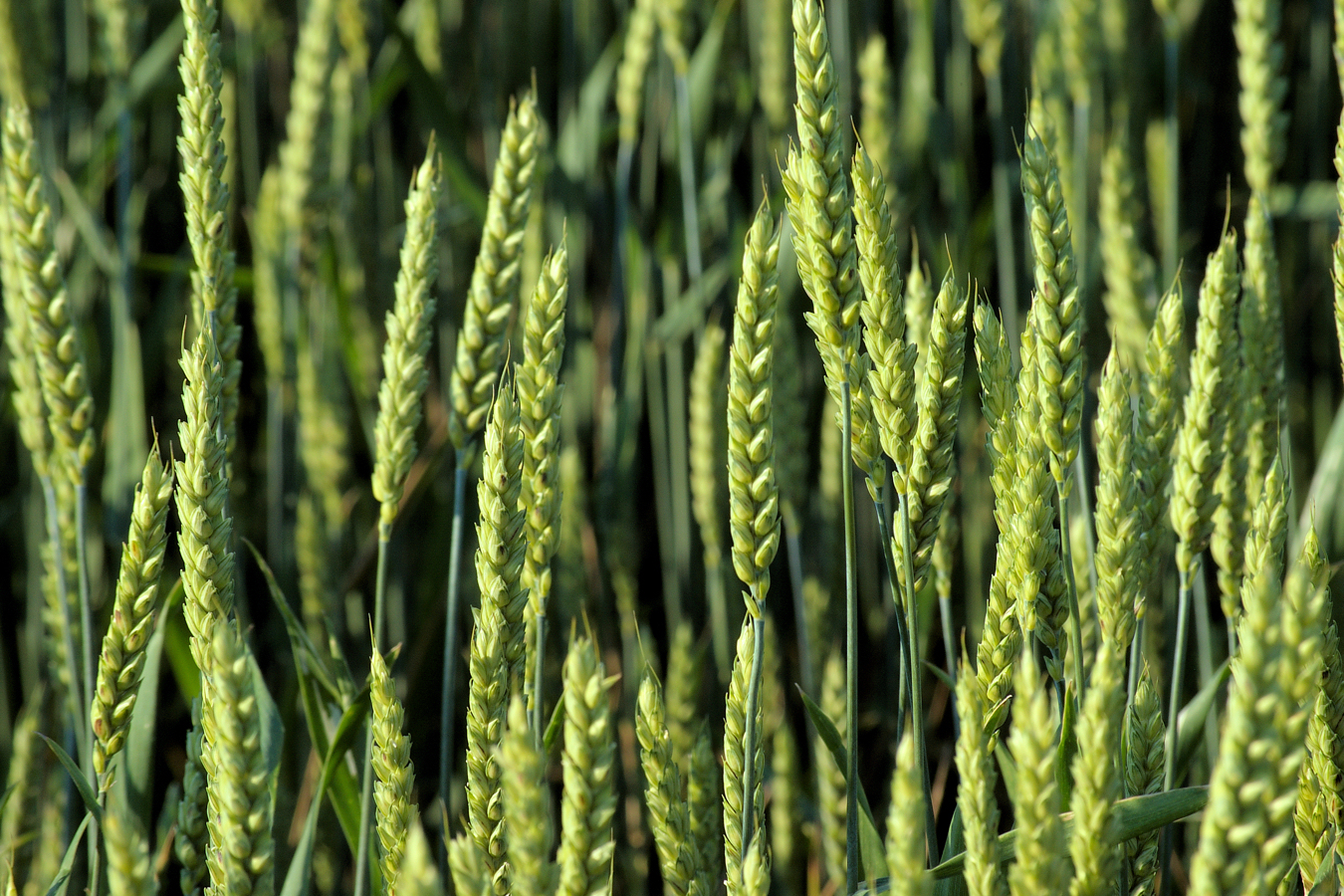8 Important Facts to know about Crop Nutritional Monitoring
 A reference to the optimal nutritional value of major crops is available in both hemispheres throughout the agricultural seasons. The technical and technological keys of experience, knowledge, and laboratories are responsible for achieving the reference. The following eight facts about crop nutritional monitoring are of interest to advisors, growers, and agronomists.
A reference to the optimal nutritional value of major crops is available in both hemispheres throughout the agricultural seasons. The technical and technological keys of experience, knowledge, and laboratories are responsible for achieving the reference. The following eight facts about crop nutritional monitoring are of interest to advisors, growers, and agronomists.
1. Consumer Demand – There is a widespread demand among consumers for food products that are produced using nutritional monitoring. Many retailers and supermarkets demand food products grown using this sustainable agriculture.
2. Crop Nutritional Monitoring is Profitable – Leading agricultural companies in Egypt, Portugal, Morocco, Italy, Mexico, Peru, Chile, Spain and the United States implemented the system. Technical directors of all the companies agree the monitoring and nutrition control system helps to be more profitable.
3. Crop Nutritional Monitoring for Quality and Yield – Crops produce the desired quality and achieve full productive potential. Crop control is in place at all times with absolute certainty of meeting the needs of the crops. There are no magic recipes. According to AGQ Labs & Technological Services, accurate information provided by the monitoring system is what agricultural companies use to manage the crops.
4. Corrective Measures – Plant material trials complement the analysis. Agronomists, who specialize in plant nutrition and agricultural chemistry interpret the results. They establish the implementation of needed corrective measures during the crop cycle.
The Microseed Forest Nursery in Ridgefield, Washington utilizes tissue monitoring throughout the growing season. Monitoring of nutrient levels of weekly tissue samples involves comparing them to sufficiency ranges. Sufficiency ranges are a combination of experience and accepted industry levels.
AgVita Analytical published a paper on the analysis methods of crop nutrition monitoring. They are uptake analysis and tissue analysis. Both methods of sampling require the correct plant parts for analysis. Both methods identify the crop development stage. Ideal samples are at full turgor.
The requirement limits sampling in most cases to the morning hours, or a sampling time selection that is consistent throughout the period of sampling. Samples arrive in the laboratory that are cool and protected from evaporation within 24 to 36 hours.
5. Uptake Analysis – When the objective is a physiologically based question such as ion antagonism or root uptake, a more valuable result comes from nutrient uptake testing. Advisers, growers, and agronomists, who work with intensely managed crops, find uptake nutrient analysis to be the better tool. The current nutrient status increases the odds of treatment with predictable, positive effects on the quality and yield of a crop. Tissue analysis of crops is misleading when they have abnormal development. Iron is an example that often shows an inverse relationship to its deficiency.
There is a positive correlation using uptake analysis. Nutrient uptake ratios provide insight into root zone uptake conditions at the time of sampling. The effect of a fertilizer application is apparent in subsequent test results. The fertilizer effect is important to growers.
6. Tissue Analysis – Short time variation is of less interest for long cultures such as forestry that require little maintenance. Tissue analysis is a better choice. Only tissue analysis provides the answer to total nutrient uptake. The levels needed to achieve an elusive ‘target’ seedling come from extensive tissue sampling. Liquid fertilizer supplements bolster levels that are below optimum.
7. Fertilizer Use – In addition to crop management efficiency, the tool helps reduce fertilizer costs and allows certification that no contamination of aquifers and soil occurs. No leaching takes place when plants receive what they need.
Transition evaluation along the root structure is the basis of crop monitoring and nutrition control. The evaluation is done by analyzing the fertilizer solution from the irrigation tape and probing and extracting soil from different depths to determine how the soil composition profile evolves. Periodic analysis occurs during the phenological cycle.
8. Technology – Incorporating the technology of nutritional monitoring enables companies to enter and remain in demanding markets. Technology for crop nutritional monitoring includes a moderate resolution imaging spectroradiometer. It monitors crop conditions for specific regions. Remotely sensed vegetation index data tracks the evolution of growing seasons compared to long-term average conditions. Using the MODIS, data analysts produce a globally normalized vegetation index.
The Foreign Agricultural Service analysts have access to the time-series data through a powerful analysis tool and web interface. They can plot graphs, monitor current conditions, and spatially view anomalies by comparing current conditions to historical averages.

















